Envision
The Pivotal Role of General Cargo TOS in Seaports and the Necessity of Digitalization

Table of content
1. Introduction
2. Role of General Cargo TOS in Seaports
3. Why is Digitalization Required?
4. Conclusion
Seaports, as international commercial hubs, are rich in intricacy and opportunity. The Terminal Operating System (TOS) responsible for general cargo is a pillar of functionality and efficiency in the numerous areas of port operations. In today's digital age, the call for the digitalization of these systems is more than a trend—it's an absolute must. In this column, we'll take a look at the importance of general cargo TOS in seaports and why it's critical to embrace digitalization.
Role of General Cargo TOS in Seaports
To fully grasp why digitization is critical, we must first understand the critical role that a General Cargo TOS plays in seaport operations.
The essential function of seaports in allowing the efficient and effective flow of products is critical. Among the different functions of seaports, general cargo handling, and administration demand a particularly high level of precision and efficiency. This is where a strong Terminal Operating System (TOS) comes in.
A TOS is a critical instrument that allows seaports to manage, regulate, and automate their operations, resulting in increased efficiency, safety, and profitability. In this section, we will look at the basic functions of a general cargo TOS, which bring great value to seaports.
Efficient Cargo Management
Freight management entails a variety of responsibilities such as receiving, storing, and loading freight. A well-implemented TOS promotes smooth operation by allowing for precise cargo tracking and positioning. The TOS can also predict and control cargo movements by utilizing new technologies such as IoT and AI, minimizing dwell time and increasing overall productivity.
Real-Time Data and Visibility
Real-time data is critical in the quick operations of shipping. The TOS keeps consumers up to current on cargo status, equipment availability, and berth occupancy in real time. This enables operators to make well-informed decisions, efficiently handle resources, and proactively minimize possible hazards.
Integration and Interoperability
TOS interfaces not just within its own system, but also with different operational systems such as port community systems, shipping line systems, and customs systems. This enables end-to-end visibility and effective operation coordination by ensuring seamless data transmission among multiple parties.
Safety and Security
In seaport operations, safety and security are of the utmost importance. A TOS makes use of technology such as RFID and AI to track equipment and ensure personnel safety, decreasing accidents and maintaining secure operations. Furthermore, cybersecurity safeguards are in place to safeguard sensitive data and prevent digital intrusions.
Optimal Resource Allocation
A TOS allows seaports to successfully manage resources such as equipment, employees, and space. Predictive analytics enables effective resource allocation, lowering operational costs and increasing productivity.
Automation and Digitization
To boost efficiency and accuracy, many modern TOS platforms feature automated and digitized operations. Automation of jobs including yard planning, gate operations, and loading/unloading processes reduces human error and speeds up operations.
Sustainable Operations
As environmental concerns gain popularity, a TOS becomes increasingly important in fostering sustainable operations. TOS contributes to minimizing emissions by optimizing resource consumption and minimizing stay periods. Furthermore, the data-driven method enables environmental effect monitoring and management.
A well-functioning Terminal Operating System is a critical component of any contemporary seaport, handling complicated operations and ensuring that every cog in the wheel runs as smoothly and effectively as possible.
Why is Digitalization Required?
As we recognize the significance of TOS, the question of why it needs to be digitalized arises
Improving Data Management:
Data is driving the world, and ports are no exception. TOS digitization enables more effective data management, where information is not only collected but also analyzed, offering actionable insights that drive operational improvements.
Improved Interoperability:
A digital TOS can readily interface with other systems, such as those used by shipping lines, customs, and port communities. Interoperability results in more efficient operations and data interchange, ensuring that all parties are on the same page.
Leveraging Automation:
Automation is enabled through digitization, which is essential for increasing efficiency. From cargo handling and yard planning to gate operations, automated processes help decrease human errors and speed up operations.
Adapting to Changes:
Digitalization enables flexibility in a continuously changing world. A digital TOS can forecast changes, handle interruptions, and adapt operations using machine learning and artificial intelligence.
Promoting Sustainability:
As global sustainability consciousness rises, digitalized TOS can monitor and control the environmental impact of seaport operations, ensuring they comply with sustainability standards.
Conclusion:
The function of a general cargo TOS in seaports is clearly important, and digitalization is no longer an option but a requirement. As we move towards a more digital future, the ports that embrace this change will thrive in the new era of global trade. TOS digitization not only improves operational efficiency, safety, and visibility, but it also lays the door for greater sustainability, adaptation, and resilience in the face of change. Embracing digital transformation in seaports is about shaping the future of international trade, not merely keeping up with the times.
Talk to us today to know how our solutions can accelerate your digital transformation
Let's Talk


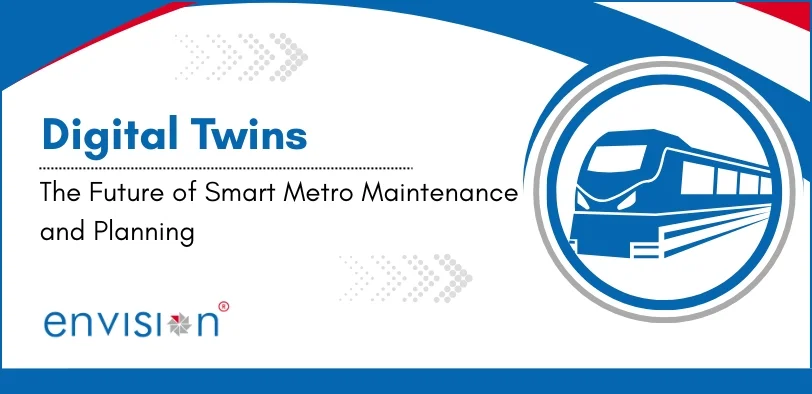

.webp)
.webp)
.webp)
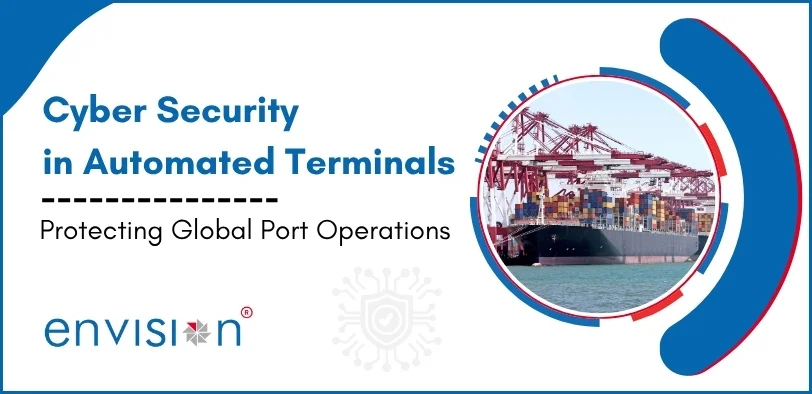



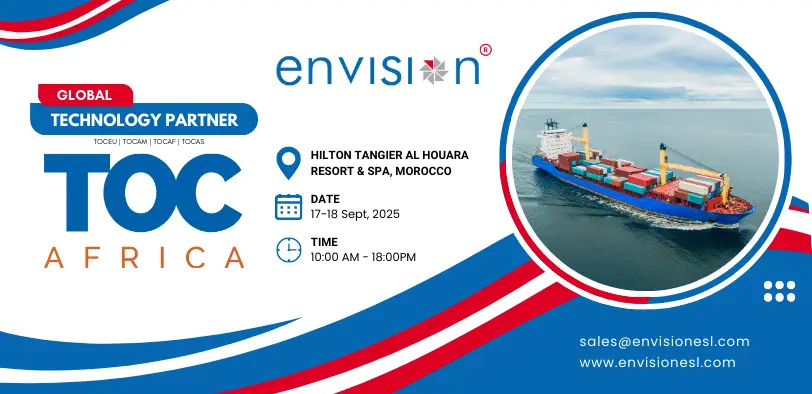
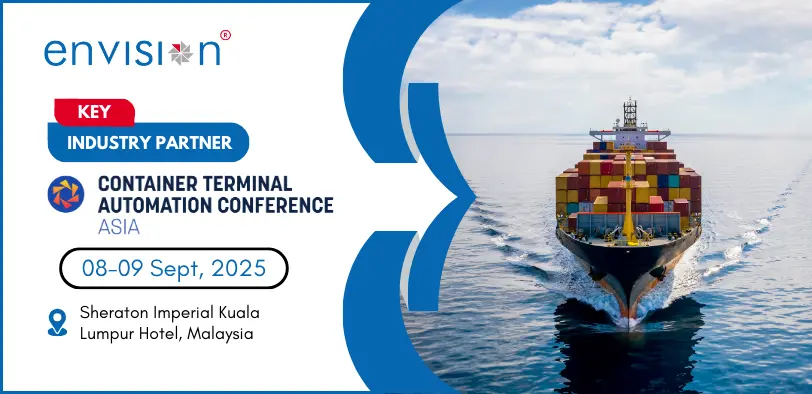
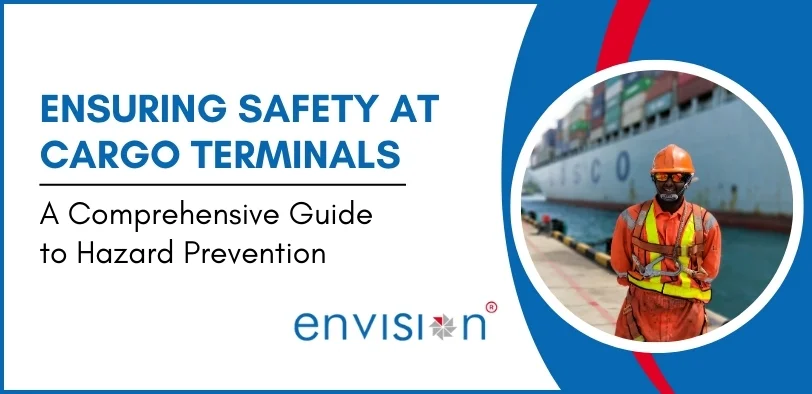
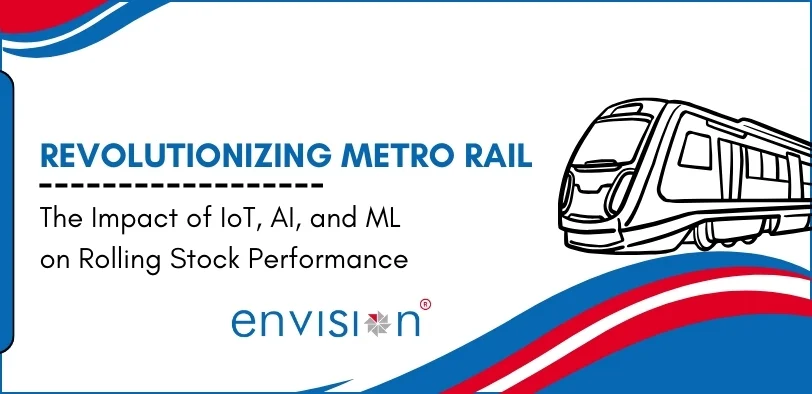
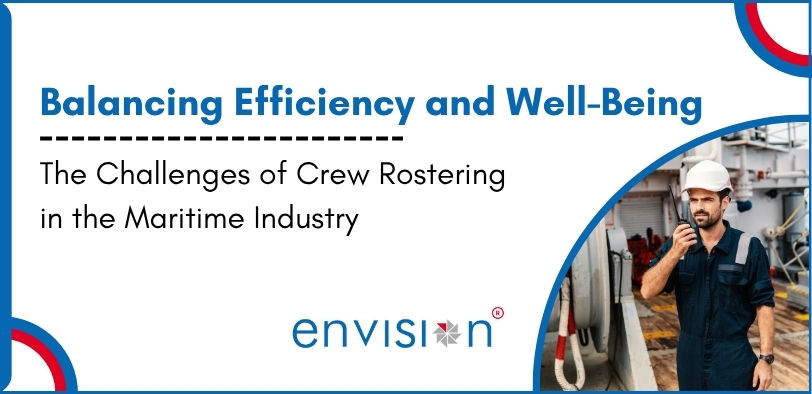
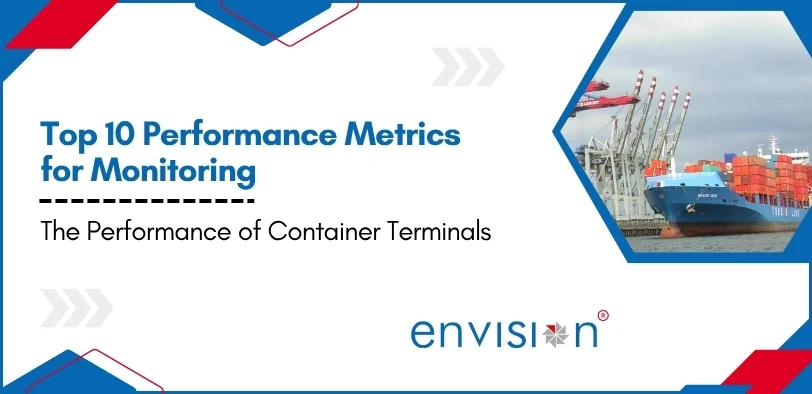
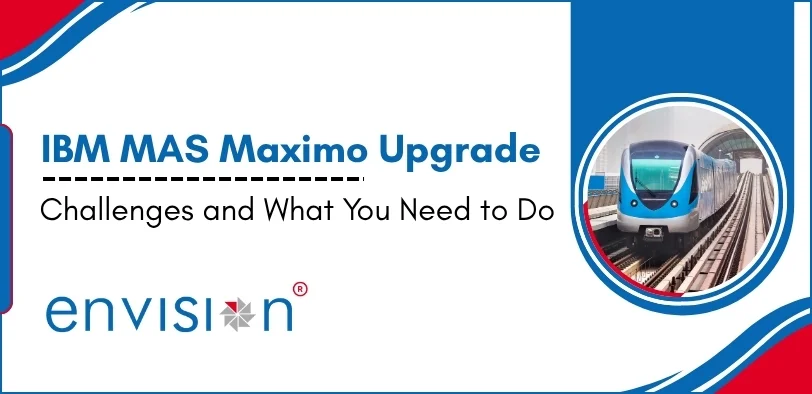
.webp)
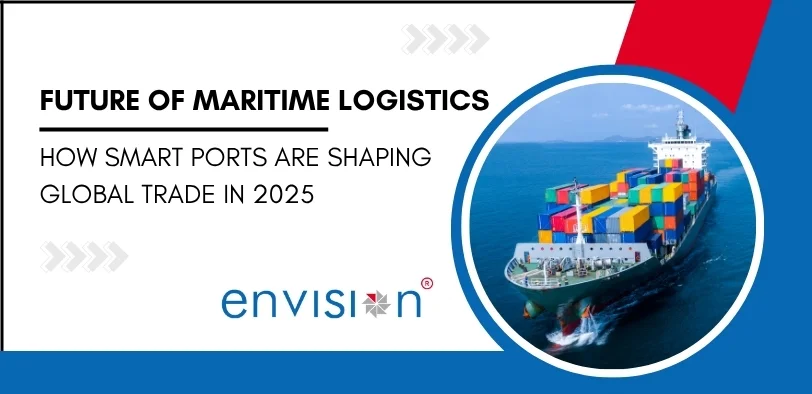







%20ver1_1.webp)







.webp)
.png)
.png)







































